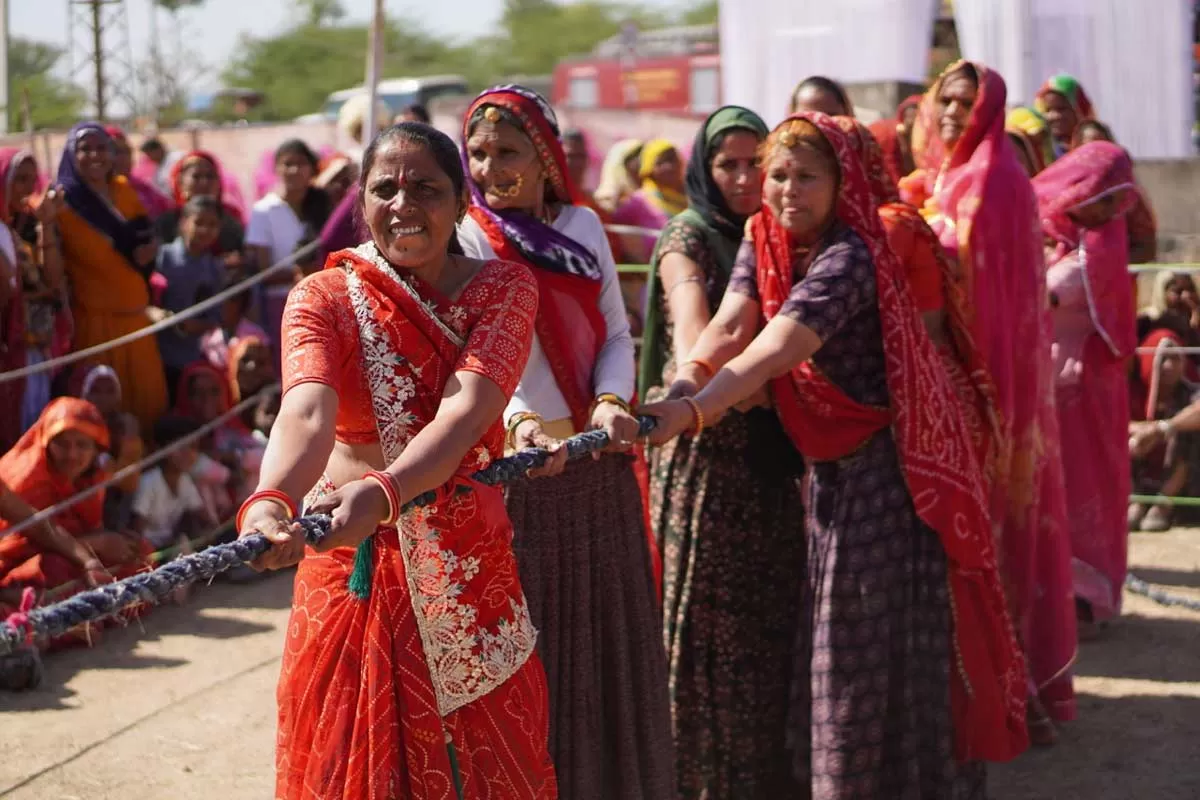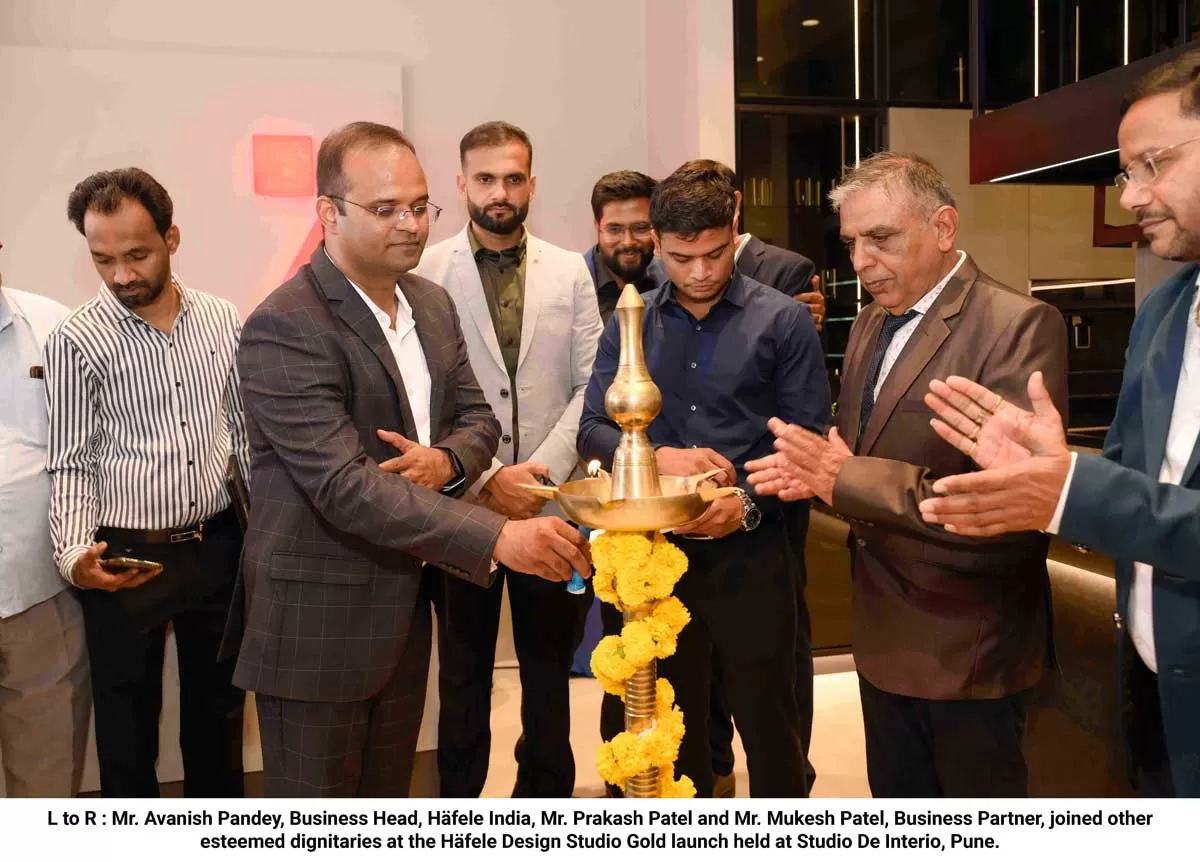Cost-optimisation efforts across all levels helped us maintain profitability

Vedanta Chairman Hails Rajasthan as India's Next Industrial Powerhouse
In a compelling message posted on social media, Vedanta Chairman Anil Agarwal highlighted the vast untapped mineral wealth of Rajasthan and the need for accelerating industrial development to further unlock the state’s economic potential. Drawing attention to GDP data, he noted that Rajasthan despite being richly endowed with natural resources, trails behind states like Gujarat, Karnataka, and Tamil Nadu, all of which have GDPs exceeding $300 billion. This comes at a time when Rajasthan is charting its path towards a $ 350 billion economy by 2030. With a GDP of $196 billion, Rajas..

Hindustan Zinc United Over 7,000 Rural Women at the Sakhi Utsav
"Hindustan Zinc Limited, the world's largest integrated zinc producer, recently concluded Sakhi Utsav 2025 with grand celebrations across its operational regions in Rajasthan and Uttarakhand. The company’s flagship social impact initiative, Sakhi, aimed at mobilising and empowering rural women has benefitted the lives of more than 25,000 women from the state through various employment and credit-linkage opportunities. Held at five key districts namely Udaipur, Bhilwara, Chittorgarh, Rajsamand in Rajasthan and Rudrapur in Uttarakhand, the initiative engaged over 7,000 participants, including ..

Hafele Launches Integrated Range of Digital Home Security Solutions
Hafele introduces a new perspective to home security with its integrated range of Digital Home Security Solutions. With this range we bring to you the most advanced technologies in digital access modes, safety features, convenient settings and much more; attempting to provoke a serious thought towards home security.These solutions from Hafele can allow you to control multi- dimensional aspects of home access through a single locking device, as per your specific lifestyle and at the leisure of your convenience. RE-Inforce Digital Lock Because the combination of flawless features and harmonious ..














